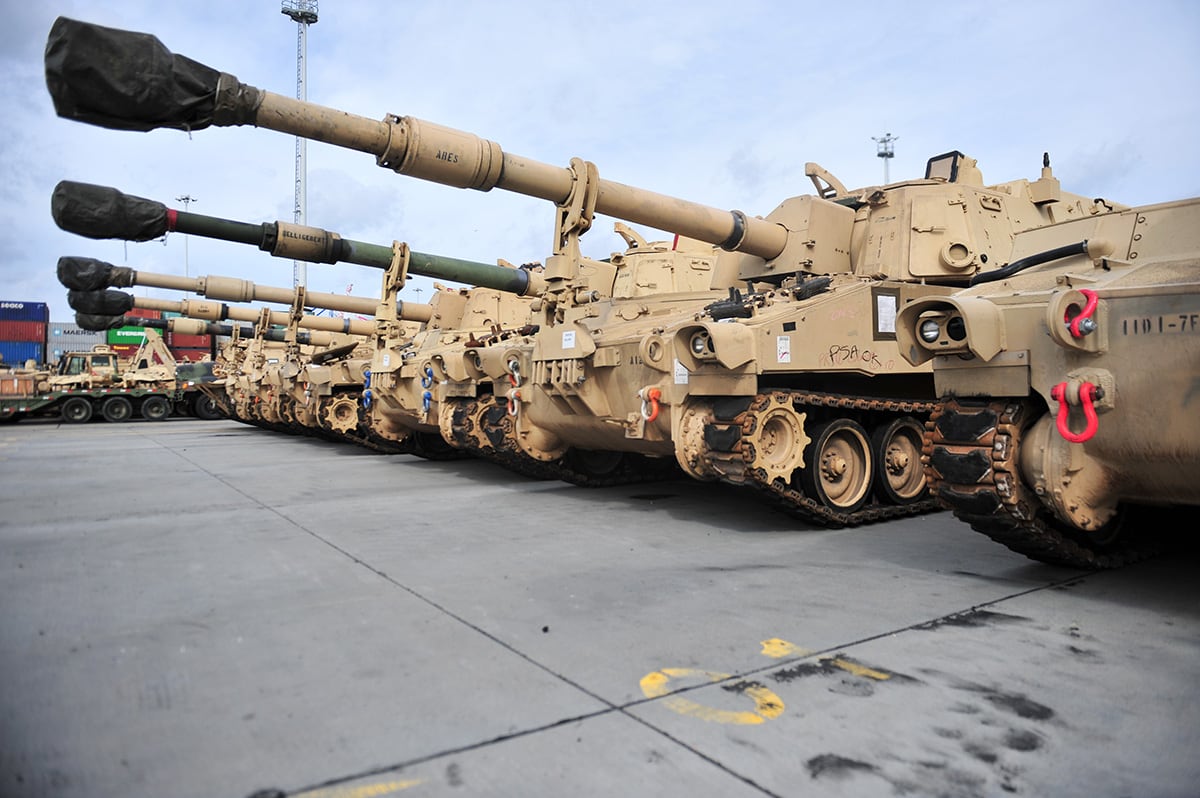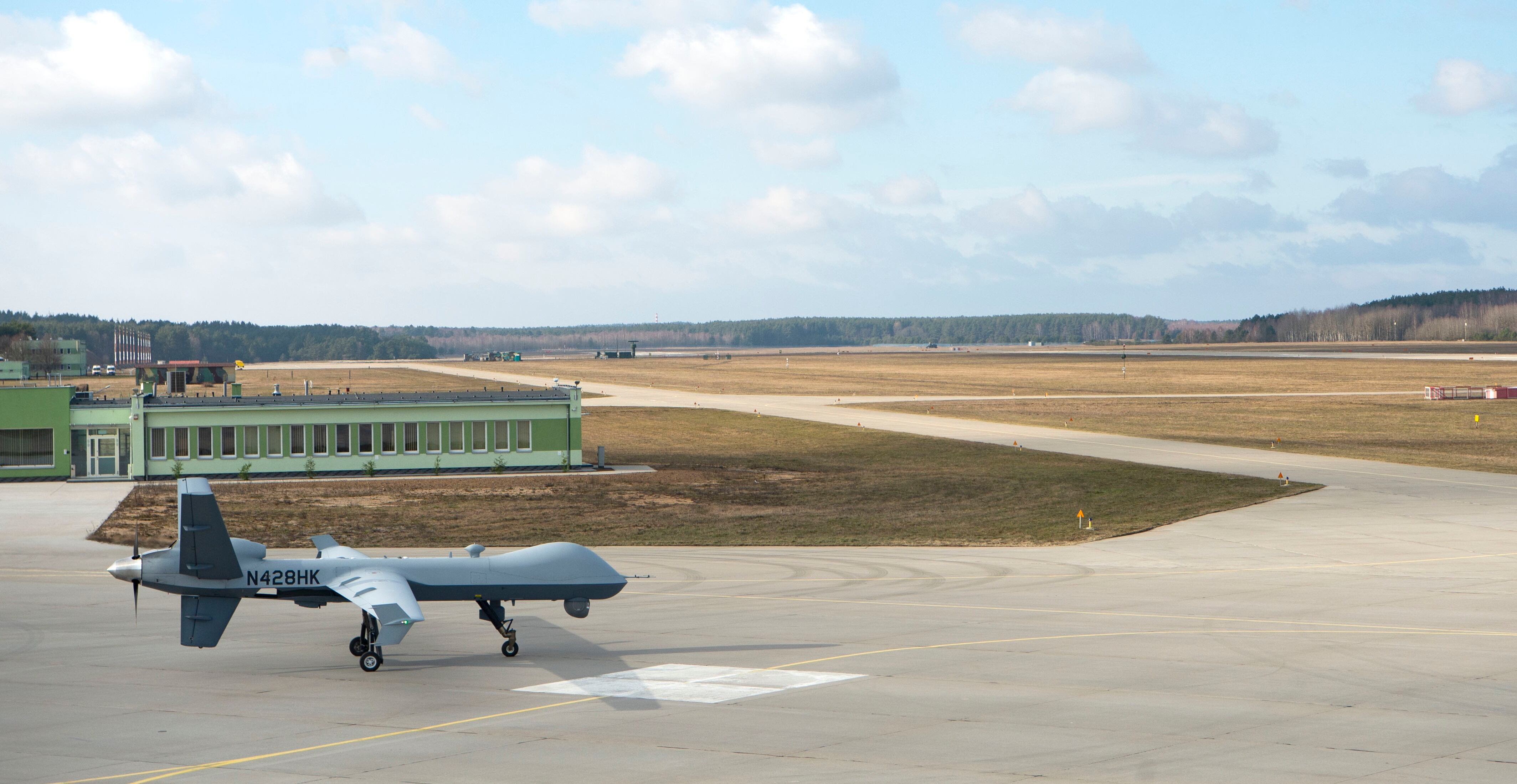President Donald Trump has nominated Air Force Gen. Tod Wolters to the position of NATO’s supreme allied commander.
NATO has also agreed to appoint Wolters to the position, according to a Pentagon press statement sent Friday morning.
The supreme allied commander Europe heads the North Atlantic Treaty Organization’s Allied Command Operations and ACO’s headquarters, Supreme Headquarters Allied Powers Europe (SHAPE).
Wolters currently serves as the commander of U.S. Air Forces Europe and U.S. Air Forces Africa. In addition to the NATO position, Wolters will lead U.S. European Command.
Wolters is a 1982 graduate of the Air Force Academy. He began his career flying OV-10 light attack and observation aircraft before transitioning to become an F-15 pilot. He has also flown the F-22, T-38 and A-10.
The nomination requires confirmation from Congress, after which Wolters would replace the current EUCOM commander, Army Gen. Curtis Scaparrotti.
Scaparrotti recently testified before Congress regarding the threats and opportunities facing EUCOM in the coming years.
Among the challenges on the table: a potentially permanent U.S. base in Poland, Russian aggression in the Balkans and along the Black Sea and strong Ukrainian lobbying for more lethal aid — as well as a desire to join NATO.
RELATED

On top of these agenda items, the European Deterrence Initiative is facing a roughly 10 percent drop in funding in the Trump administration’s fiscal 2020 budget request.
The $5.9 billion that the initiative is still expected to receive will go to “increased U.S. military presence in Europe, additional exercises and training with allies and partners, enhanced prepositioning of U.S. equipment in Europe, improved infrastructure for greater readiness, and building allied and partner capacity,” according to a budget summary.
Most of the funding will go to the Army, although the Air Force is investing in significant military construction for Iceland and Poland.
RELATED

The Air Force also announced this month that a detachment of MQ-9 Reaper drones is now fully operational in Poland. Those assets are keeping watch on NATO’s eastern flank.
The outgoing head of EUCOM told the Senate Armed Services Committee on March 5 that it will take more armored units as well as U.S. Navy guided-missile destroyers and carrier strike groups to stay ahead of Russia’s growing and modernizing forces.
Kyle Rempfer was an editor and reporter who has covered combat operations, criminal cases, foreign military assistance and training accidents. Before entering journalism, Kyle served in U.S. Air Force Special Tactics and deployed in 2014 to Paktika Province, Afghanistan, and Baghdad, Iraq.




